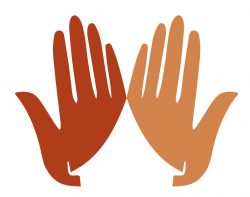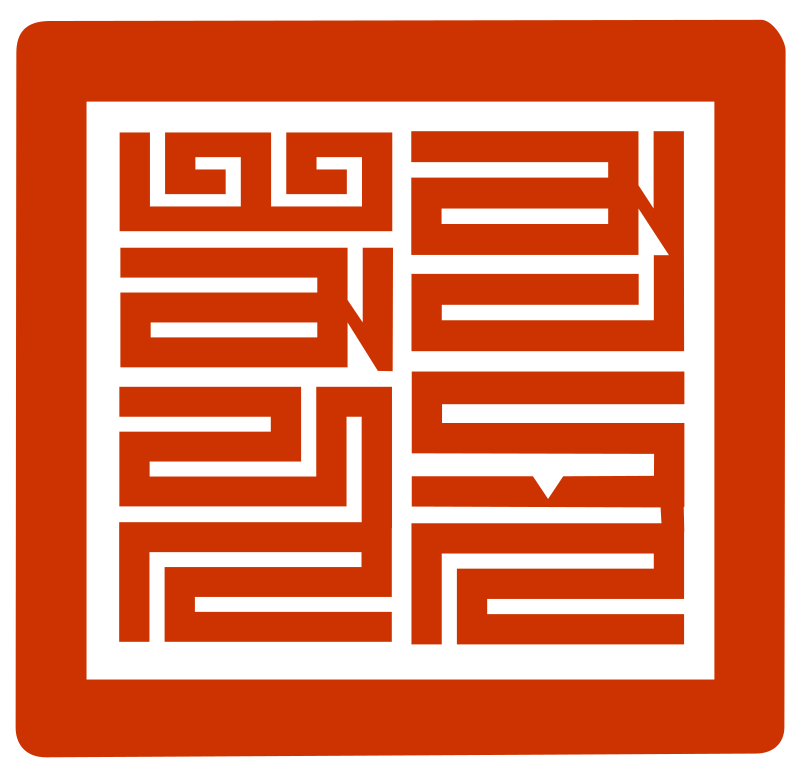Am I present now, was I present a moment ago
Listen to the audio or read the description below.
Even though my tradition isn’t Zen, I do draw a great deal of interest and inspiration form the practise of the Koan. The koan is an unanswerable question and there are many examples. If a tree falls in the forest and no one is there to hear it, does it make a sound?
The koan is a contemplative practise alongside of our meditation and in my practise I’ve found it very useful to explore some of the aspects of meditation. So here, today, I thought we’d take a look at this simple Koan, Am I present now, was I present a moment ago.
This simple Koan is a great deal bigger than we, at first glance, realise. The first thing that pops up is this idea of an I. So we can even start with this. Remember that Buddhist practise is all about seeing things absolutely as they are, with total honesty about the experience. So when we ask the question, we have to look deeply into our experience. Even the experience of I, when we consider it, starts to unravel things. What we have to do here is not fall back on any formal teachings, any doctrine, any expectations of any sort actually. Buddhism and meditation are not about following things with blind faith. They are about our honest personal experience. So when working with this Koan, we start with nothing. Literally no-thing! As we meditate, we look into the experience of self. The body scan is a very good place to start and we look at our physical being. As we move through the body it is our awareness that is perceiving the body. So straight away this gives us an honest challenge. We are perceiving the body, feeling the sensation and aware of the subtle energies flowing through the body. But the body is the perceived. It is the focus of our awareness and attention. Who or what is doing the perceiving? Go into that. That’s where your contemplation should sit when you consider this Koan and start to look into the subject of I.
The koan then goes deeper. It starts to introduce the time element in to the experience. Firstly the subject of a now. How long is a now? The implication is that it is the immediate now. So in your contemplation, try to get into that space. The smallest period of time. After all, even your perception of something 1/4 of a second ago, is in the perceived past. It isn’t now. The koan asks, am I present now. But every time we try to look into our experience we find that we are looking at the immediate past. We aren’t looking at now. So we are therefore exploring the second half of the question, was I present a moment ago. We aren’t actually looking at now. Travel further into this because it really is a fascinating area to experience in your meditation. Look at the now and see what you can find. Remember, don’t travel into it with any science, doctrine, belief system, learnt mental behaviour. Just go in entirely from the perspective of experience. What does your honest, bare awareness tell you about your experience of now!
The world starts to melt away when we do this. In my practise I find it deeply restful. When we ask a question of ourselves, there is a brief moment when the mind decides on its direction and the way to tackle the question, where there is a space. The question has been asked but nothing has arisen yet. Go in to that space and look at your experience there. Ask the question of yourself, in your mind and then take a look at your experience immediately afterwards. What is your awareness seeing?
All of this can bring up emotions. Have the courage to be fully present. To truly let go of the future or the past. We hang on to thinking about the future and the past because perhaps we think that if we don’t plan and prepare for the future or we don’t learn from the mistakes of the past, then the wheels will really come off and life won’t go well for us. But actually, if you look honestly at the experience of now, you will see and understand that the only reason things go wrong is because of delivered thought! Out of thought arise words and out of words arise actions. It is our thoughts and actions that take us off the rails. So, actually, the safest place we can possibly be is resting here on this cushion, being fully in the moment and just experiencing. Meditation is an exceptionally safe place, so we can therefore let go with confidence.
The practise of the Japanese Zen Koan has a great deal in common with another great practise from the Buddhist tradition, the Mahamudra. Mainly a Tibetan Buddhist practise, it grew out of traditional Indian Buddhism and is described in the Pali Cannon. It means “the great deal” which can in turn be translated as the great truth. Actually, that is a very grand term but the truth of the matter is that we can experience its teachings today by just sitting on our cushions and being fully in the moment. So the practise is just that. Letting go of every piece of mental obstruction such as beliefs, doctrines, expectations etc and just sitting fully in the moment.
In the coming weeks we will delve deeper into some of the more formalised approaches and writings on this subject.
For now, we are going to practise just sitting. I want you to start with the body scan. Work through the body and experience the sensations but also, as you travel through, just be aware of awareness itself. See the watcher who is experiencing the sensations and study your experience of that.
Then we will go into a period of just sitting. I won’t be leading this so much because I don’t want to get in the way of your experience but I will drop in the questions a few times during the sit. Am I present now, was I present a moment ago.

